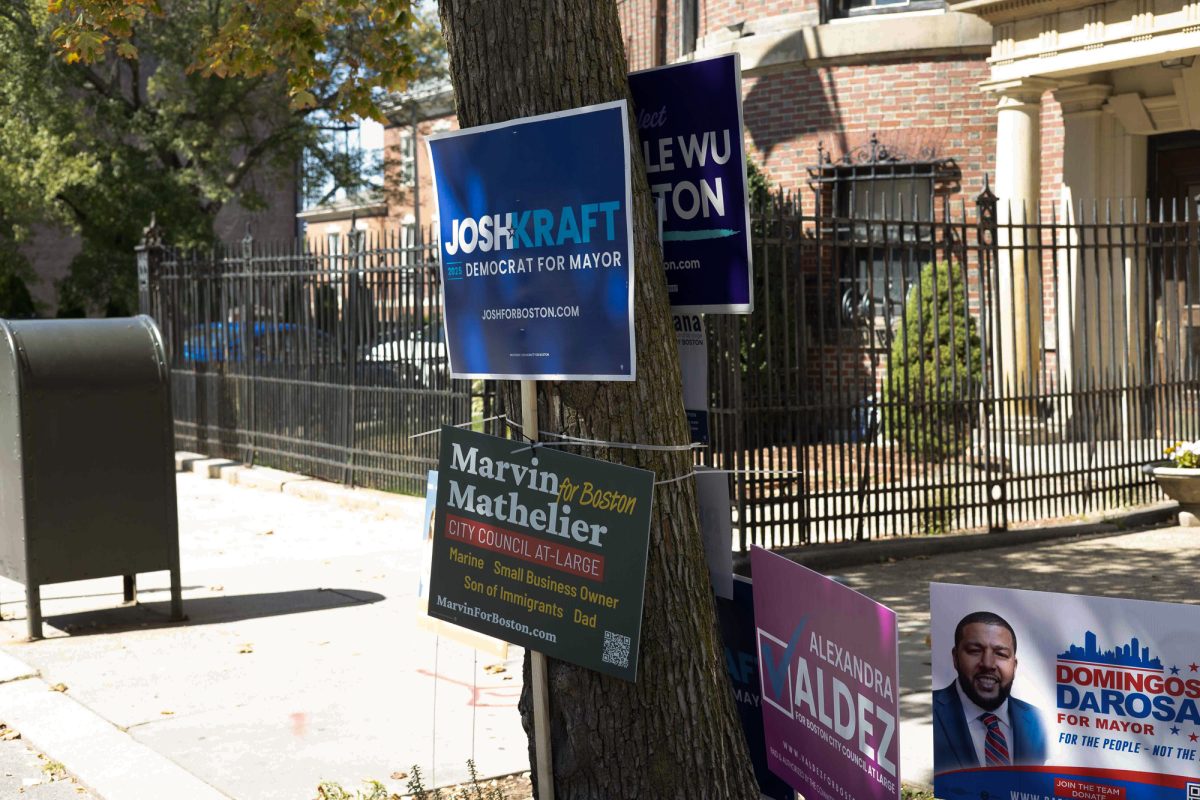The Cambridge City Council passed a citywide ordinance to mandate the future development of protected bike lanes on Monday. The ordinance requires the city to build the lanes on any roads included in the Cambridge Bicycle Plan, a previous bike infrastructure proposal, that undergo reconstruction under the city’s Five-Year Sidewalk and Street Reconstruction Plan.
The Cambridge Bicycle Plan proposes building a 20-mile network of protected bike lanes in the city.
Mandating future construction of protected bike planes will not only help increase bike safety, it will also help encourage cycling. There is an average of 160 cyclist crashes in Cambridge every year, according to Cambridge Bicycle Safety, but that is far from all-encompassing. There are likely many crashes that don’t go reported to the police, in addition to many close calls.
Cyclists who ride on protected lanes believe they are safer, and they are. Some studies have suggested these lanes cut cyclists’ risk of injury in half, according to CityLab.
A 2014 study of nine new protected bike lanes in five major U.S. cities found that ridership within one year increased between 21 and 171 percent, compared to ridership on the same streets prior to installing the protected lanes. Ninety-six percent of cyclists and 79 percent of residents who were interviewed said they thought the new protected lanes increased cycling safety.
According to Cambridge Bicycle Safety, protected lanes would prevent 40 percent of bicycle crashes in the city, as 40 percent of crashes occur away from major intersections. A survey found that a majority of people said they were interested in cycling but felt concerned that current conditions made it unsafe.
Beyond protected bike lanes, truck side guards are an important tool for keeping cyclists safe, and cities must do the most they can to pass legislation to mandate all trucks have them.
Boston installed side guards on 18 of its public works trucks as part of a pilot program in 2012 in response to five bicycle fatalities reported in the city that year, four of which involved a large truck or bus. The guards prevent cyclists and pedestrians from being run over by a truck’s rear wheels, particularly in a side-impact collision when the vehicle is turning.
Last year, Boston passed an ordinance requiring City agencies only work with vendors whose trucks have important safety measures installed, including side guards. This is an important step toward increasing bicycle safety throughout the city and shows good progress.
Promoting bike safety, and thus promoting cycling, has positive external impacts. Todd Litman of the Victoria Transport Policy Institute estimated that for every mile a bike replaces a car, “individuals and society” save $2.73, according to Smart Cities Dive.
Encouraging the development of bike lanes is essential for every city. Boston should follow in the footsteps of Cambridge’s ordinance and work toward making its streets a better place to cycle. Creating a grid of protected bike lanes throughout Boston, Brookline, Cambridge and Somerville would help make the metro area healthier, greener and safer.
















































































































